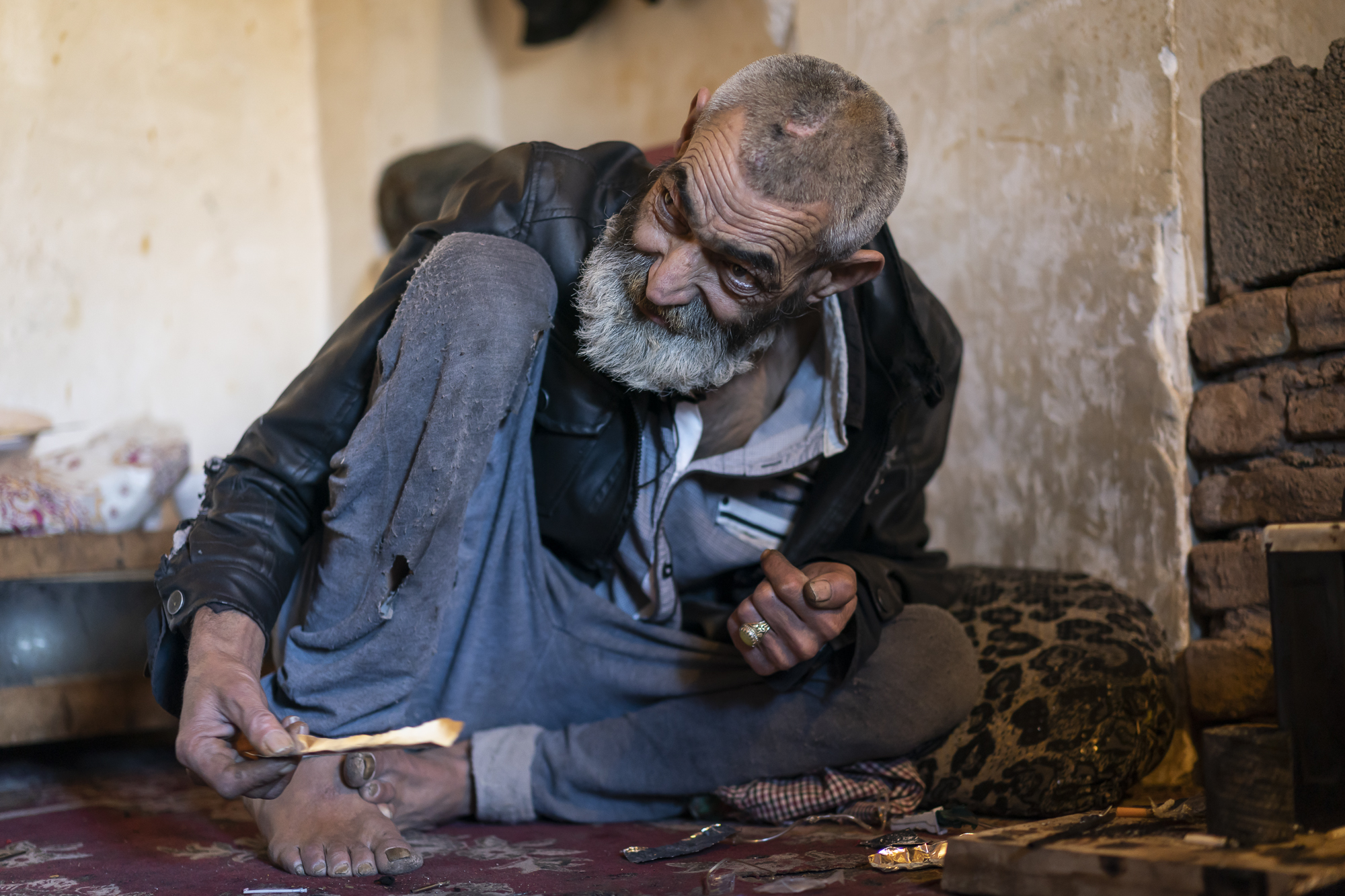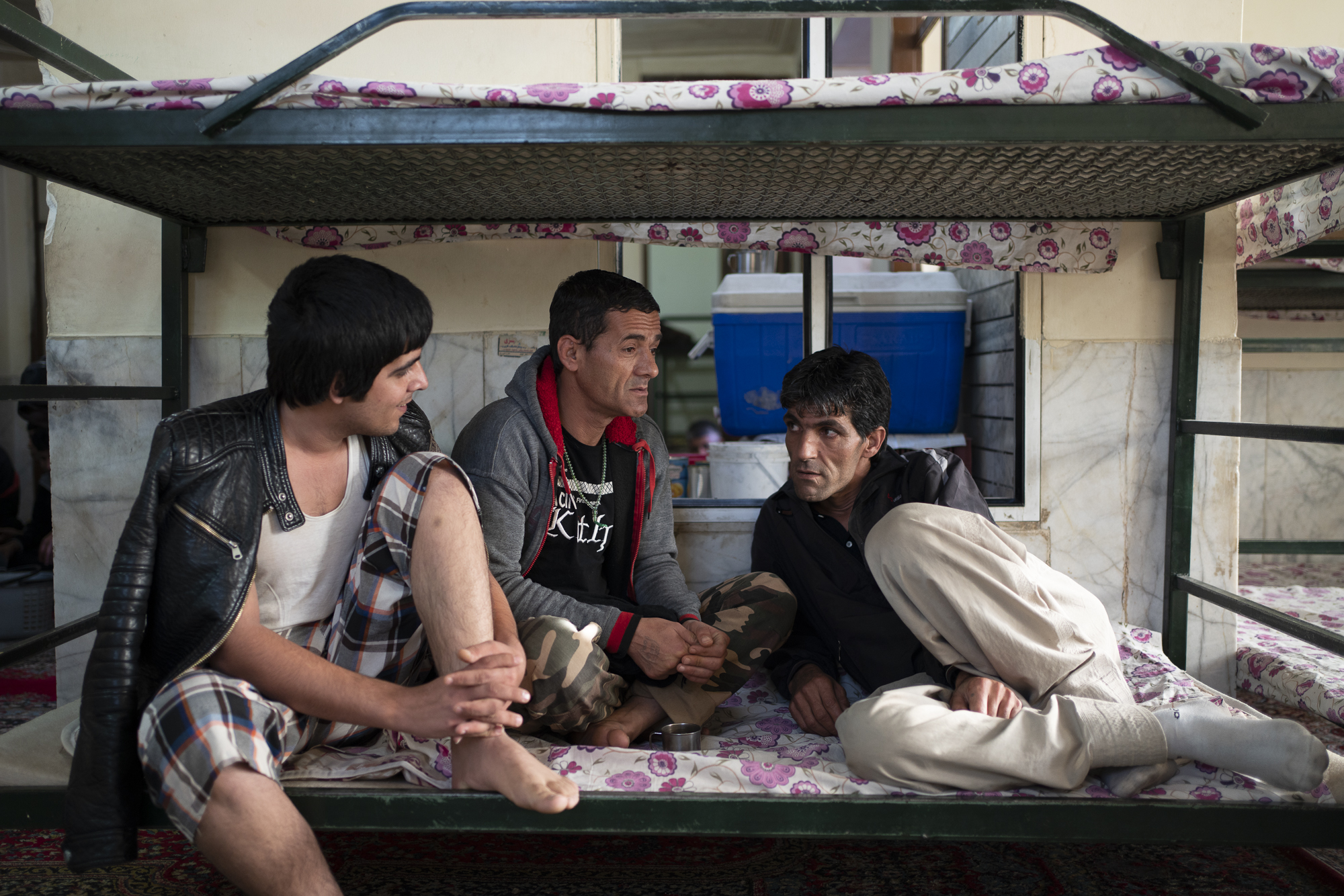In a small city in the South-East of Iran, a group of philanthropists have privately funded hepatitis C testing and treatment, helping vulnerable communities access the care, treatment and dignity they deserve. A unique micro elimination project, ENHANCE Rafsanjan demonstrates a potential alternative for funding vital healthcare interventions.
Rafsanjan is a small city in the South-East of Iran located 900km from the country’s capital Tehran. The city has a population of approximately 160,000 and is most well-known as the world’s largest producer of pistachios and also has one of the world’s largest copper mines.
Rafsanjan’s proximity to Pakistan and Afghanistan places it in the Golden Crescent of South Asia, a principal global site for opium and heroin production and distribution. Whilst much of the production is for consumption in other continents such as Europe, Iran does have a prevalence of drug use disorders (higher than the global average. Approximately 1.12 million adults are estimated to have drug use disorder with opioid use disorder being the most common type.

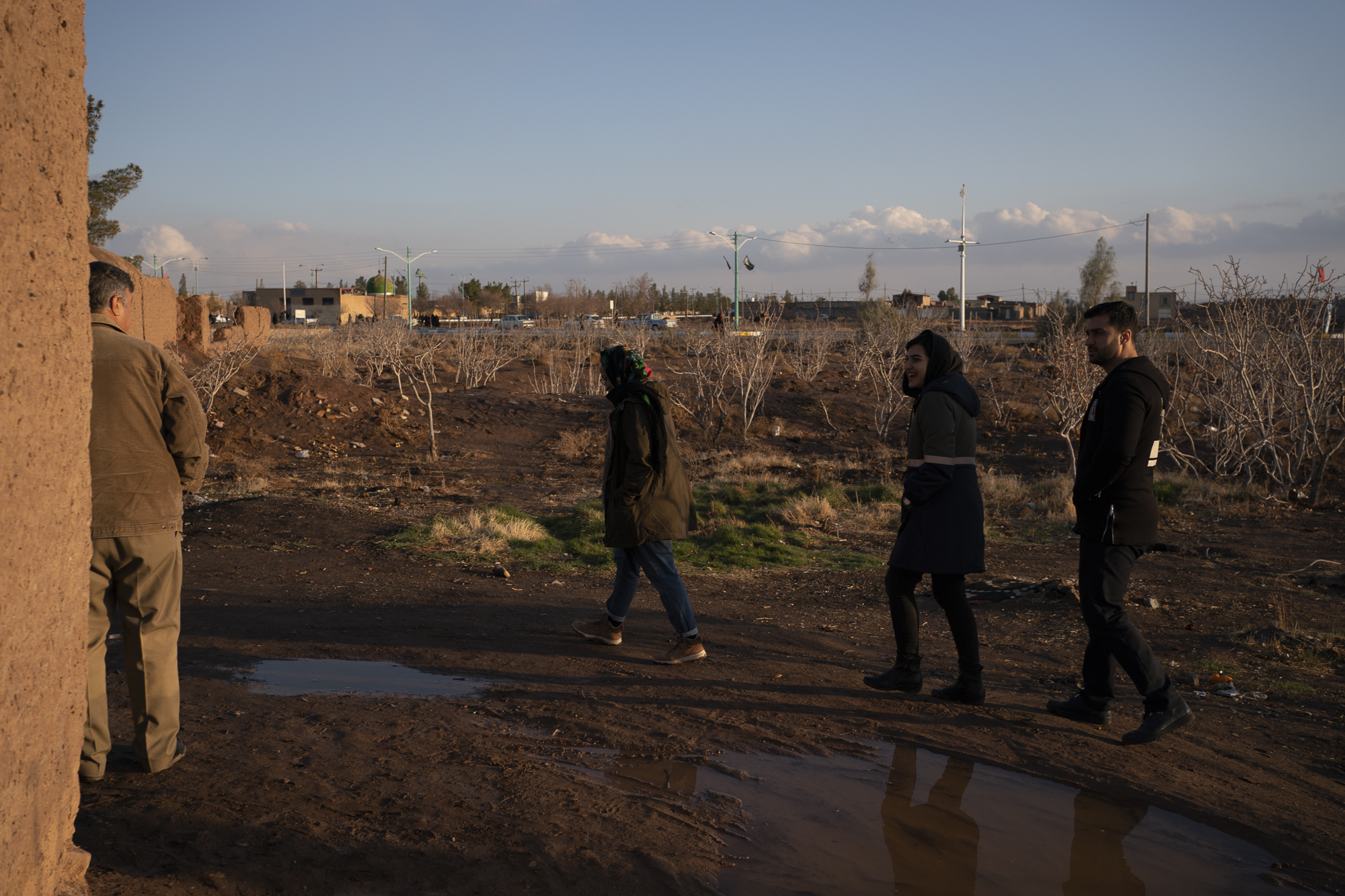
In 2017, researcher Dr Maryam Alavi from Kirby Institute, UNSW undertook the ENHANCE project in Tehran. The pilot project provided person-centred low-barrier hepatitis C testing and treatment for people who inject drugs. The project was a first of its kind in Iran and its results demonstrated it was entirely feasible to replicate the key learnings from ENHANCE in other settings across Iran.
Dr Maryam Alavi, Kirby Institute

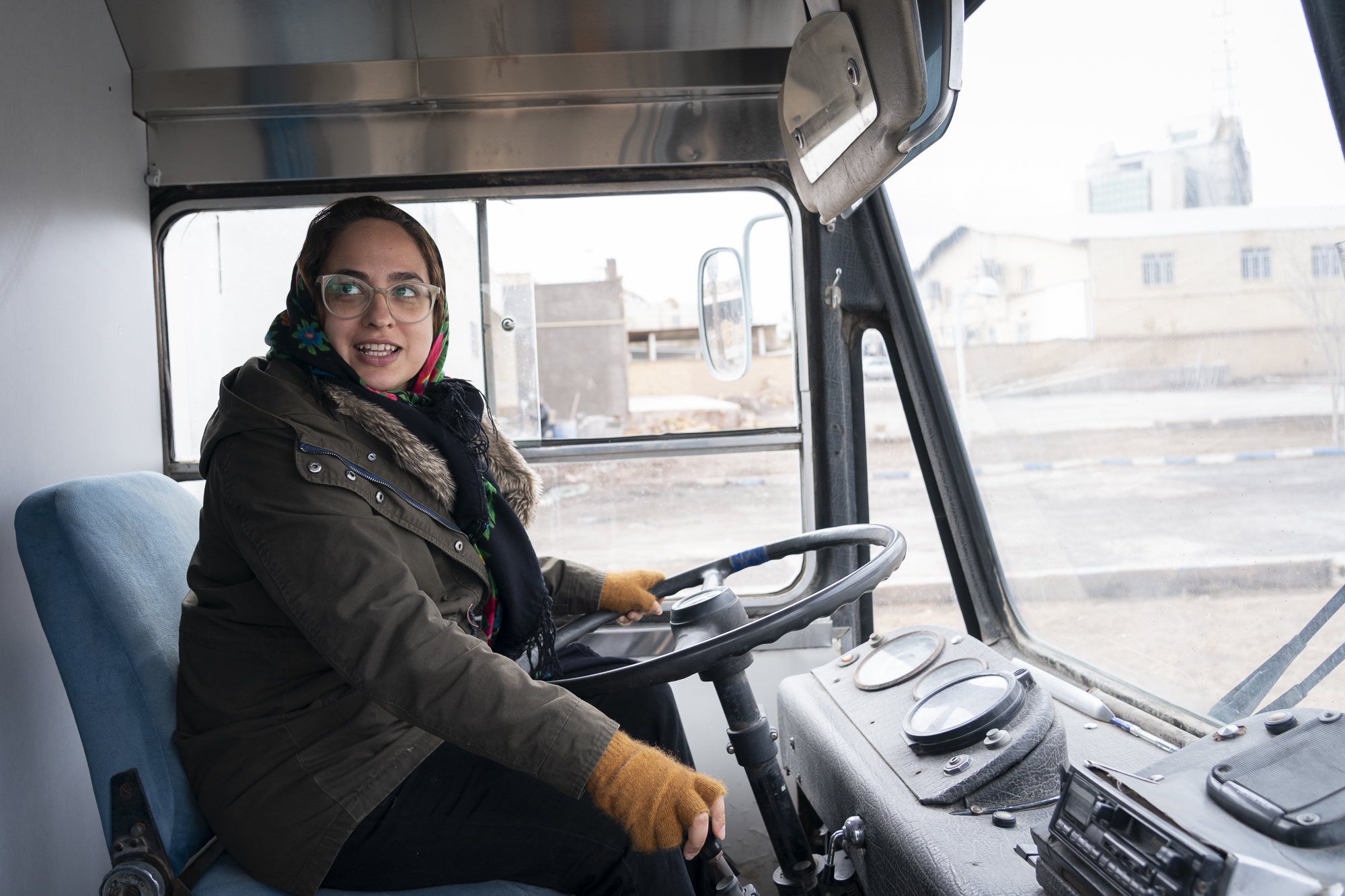
The challenge of funding and a unique solution
With the strong results of the ENHANCE project, Dr Maryam Alavi and her colleagues from the Iranian Digestive Diseases Research Institute began exploring the potential for the ENHANCE model to be replicated elsewhere in the country. Tehran University of Medical Sciences and Rafsanjan University of Medical Sciences had ongoing public health and research collaborations and the city had an existing network for the provision of harm reduction and HIV care in the community and prison. Therefore it made sense to build on the existing relationships and harm reduction foundation.
Iran is a middle-income nation with a large population of 85 million citizens that have faced strict economic sanctions over the past two decades. Since 2018, new rounds of sanctions have had a particularly devastating impact on the healthcare system and shortages in diagnostics and medicine are now being widely experienced across the country. So while Iran has been producing inexpensive generic DAAs since 2016 there remains a high cost of diagnosis and the treatment provision of hep C care at tertiary centres or specialist clinics.
The project team from Tehran and Rafsanjan realised funding could be a major challenge so they came up with the idea to explore locally funding the micro-elimination project.
They approached a small group of local philanthropists from the city’s industry and agriculture sectors. They presented the project’s scope and the evidence from the previous ENHANCE project. To the team’s great relief the local philanthropists decided to fund the Rafsanjan Micro-Elimination project.
When a society is threatened by a destructive disease like HIV or hepatitis C we have to do our best to prevent the damage, and as an entrepreneur, I have the responsibility to act too.
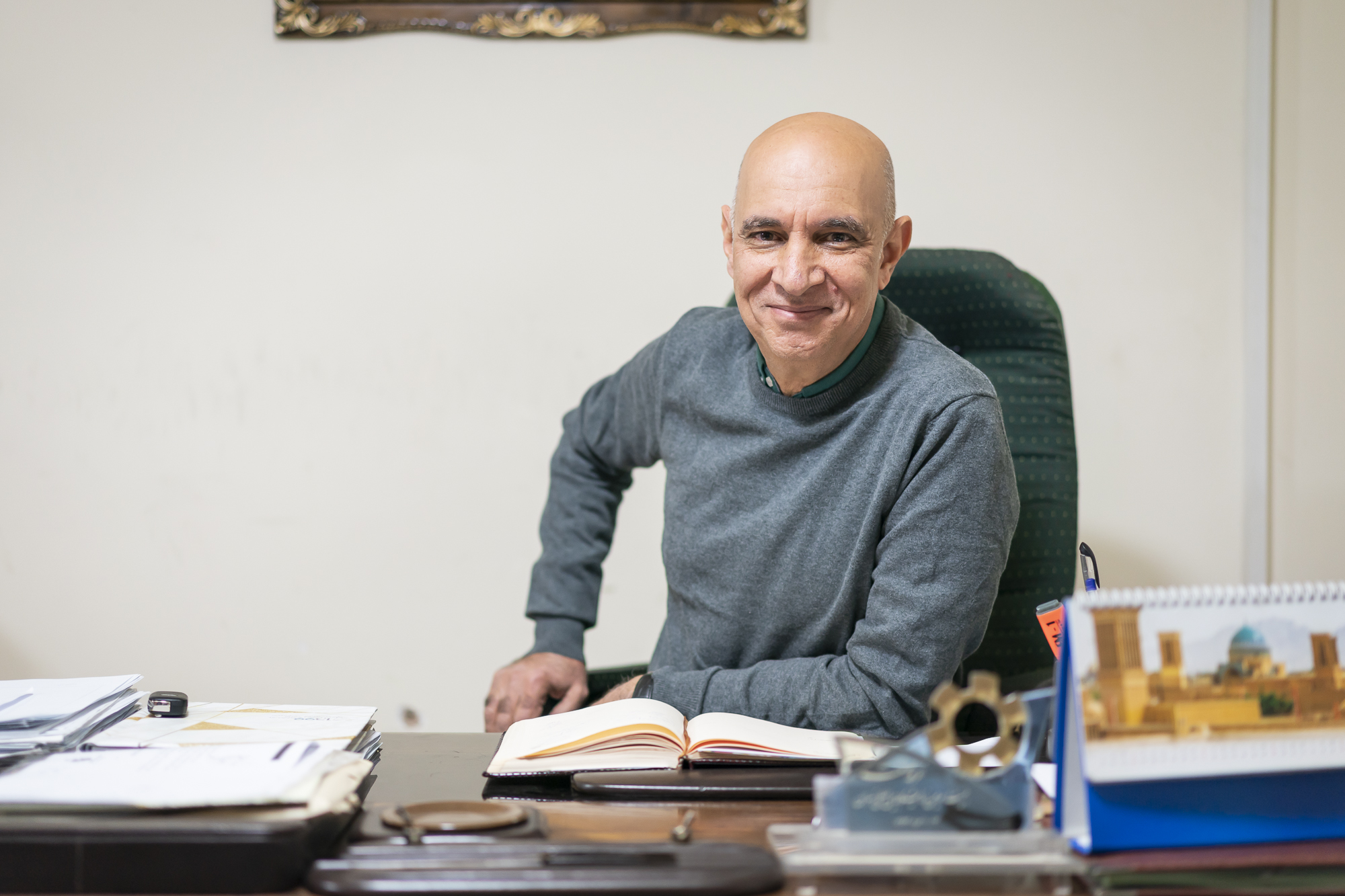
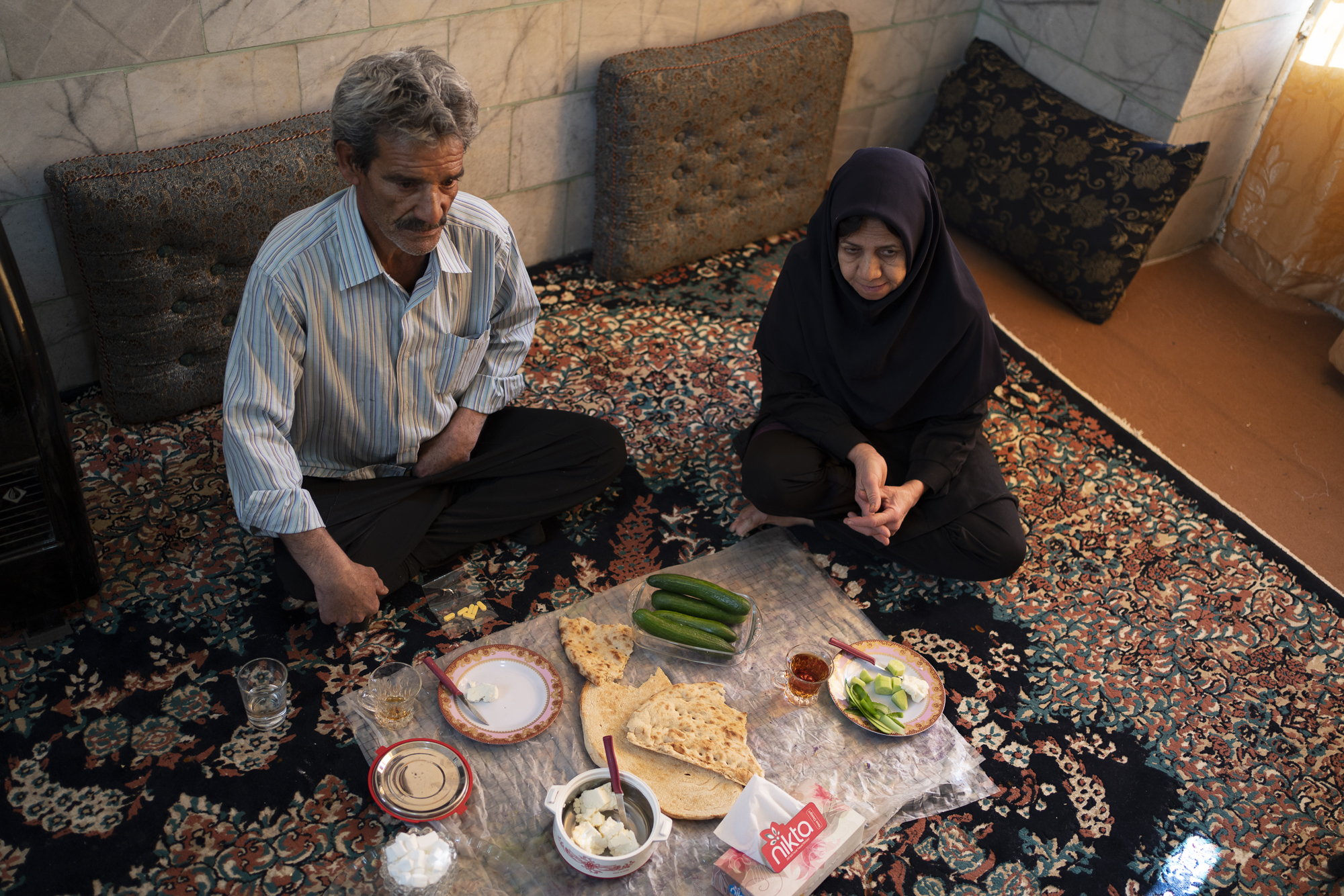
COVID-19 and reaching the community through peer workers
From the outset of the Rafsanajan micro-elimination project local peer worker, Mr Tajik, was hired and began to quickly connect with the community. Despite being a small city, the community of people who inject drugs often live in abandoned homes, under bridges and in drains to avoid being seen by the broader community and the police.
Mr Tajik became a crucial link between the community and the many project partners that included researchers, the project coordinator, nurses, OAT clinics, the prison and rehabilitation facilities. Engaging peers from the outset of the Micro-elimination project was one of the key learnings from the Enhance project in Tehran that the team adopted when beginning their work in Rafsanajn.
It is so important to develop good relationships with the community of people who use drugs.
In addition to hiring peer worker Mr Tajik, another key activity in the project was an asset mapping workshop that invited a range of project partners and community stakeholders. By mapping Rafsanjan’s assets, the project was able to make use of the University of Rafsanjan’s unused diabetes bus. The team revamped the bus into a mobile hepatitis C testing clinic that also provided the community members with access to harm reduction supplies such as sterile injecting equipment.
The COVID-19 pandemic majorly impacted the micro-elimination project in Rafsanjan. Similar to across much of the world, the city went through several lockdowns and the resulting restrictions such as physical distancing complicated the provision of hepatitis C care at opioid agonist therapy clinics and other health centres.
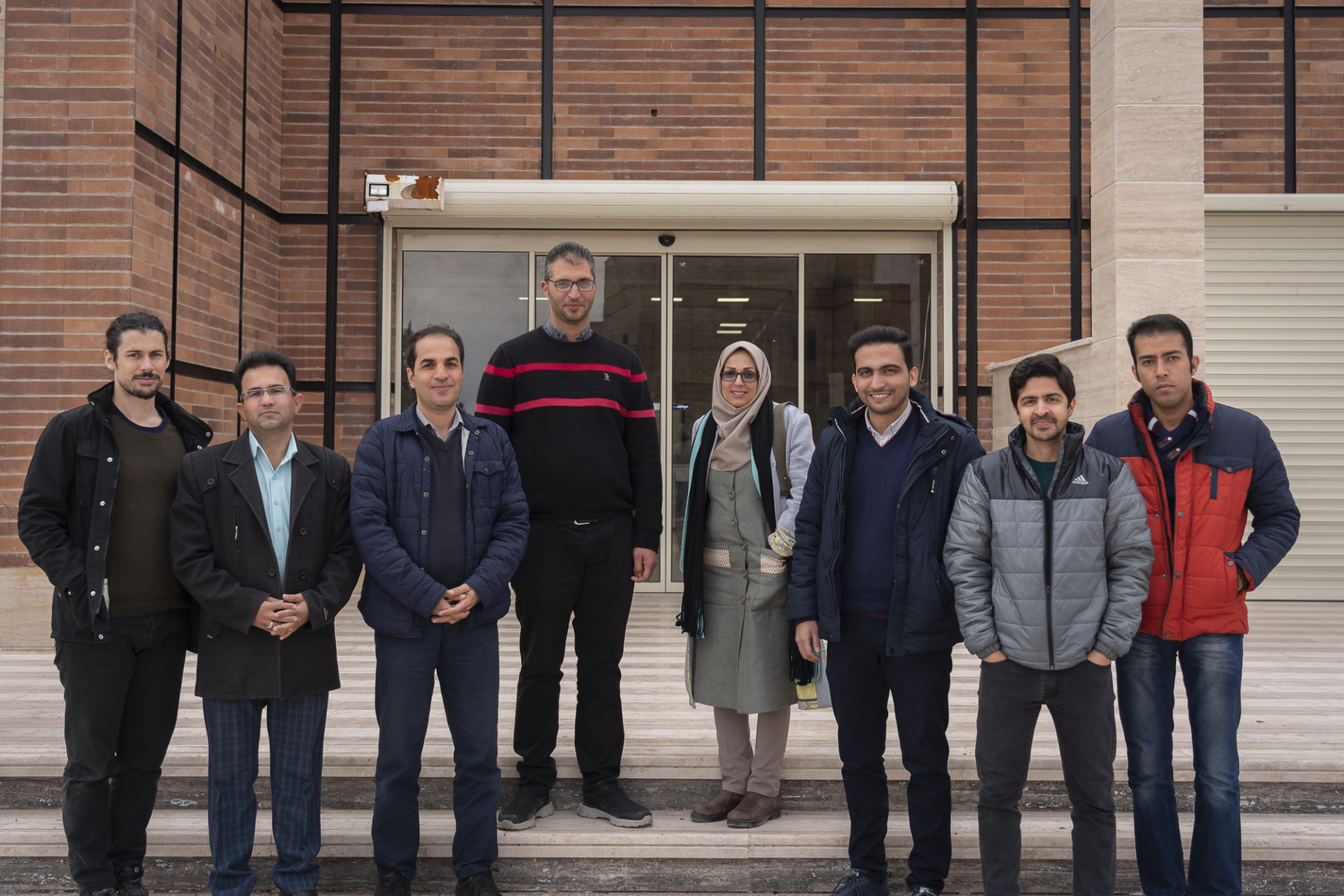
Lessons learned for other locations
Also among the local population of Rafsanjan (and elsewhere in Iran), there was a widespread assumption about the increased risk of SARS-CoV-2 transmission by people who use drugs. Homeless people and poorer neighbourhoods were particularly targeted by police swoops and many temporary shelters (built by homeless people) were destroyed. Provision of services became extremely difficult, given that people who use drugs were displaced and became harder to reach. The Rafsanjan prison was a key partner in the project and early on during the pandemic it went into lockdown making entry into the prison extremely difficult.
Now (after being cured of hepatitis C) my only wish is to find a job. If I have a job then with diligence I’ll achieve anything.
Despite the major challenges faced by the COVID-19 pandemic, the Rafsanjan micro-elimination project tested 7,115 people and treated 200 successfully. It was community-led and community-integrated which has provided a strong foundation for ongoing testing and treatment as well as an increased appetite for further discussions around harm reduction and the broader needs of people who use drugs.
While the Rafsanjan micro-elimination model cannot be exactly replicated in other settings, many key components that can provide early and ongoing collaboration with the local community are among the most important lessons that we learned and will carry on into future projects. Local knowledge of existing assets and resources is vital for the design and implementation of such projects.
